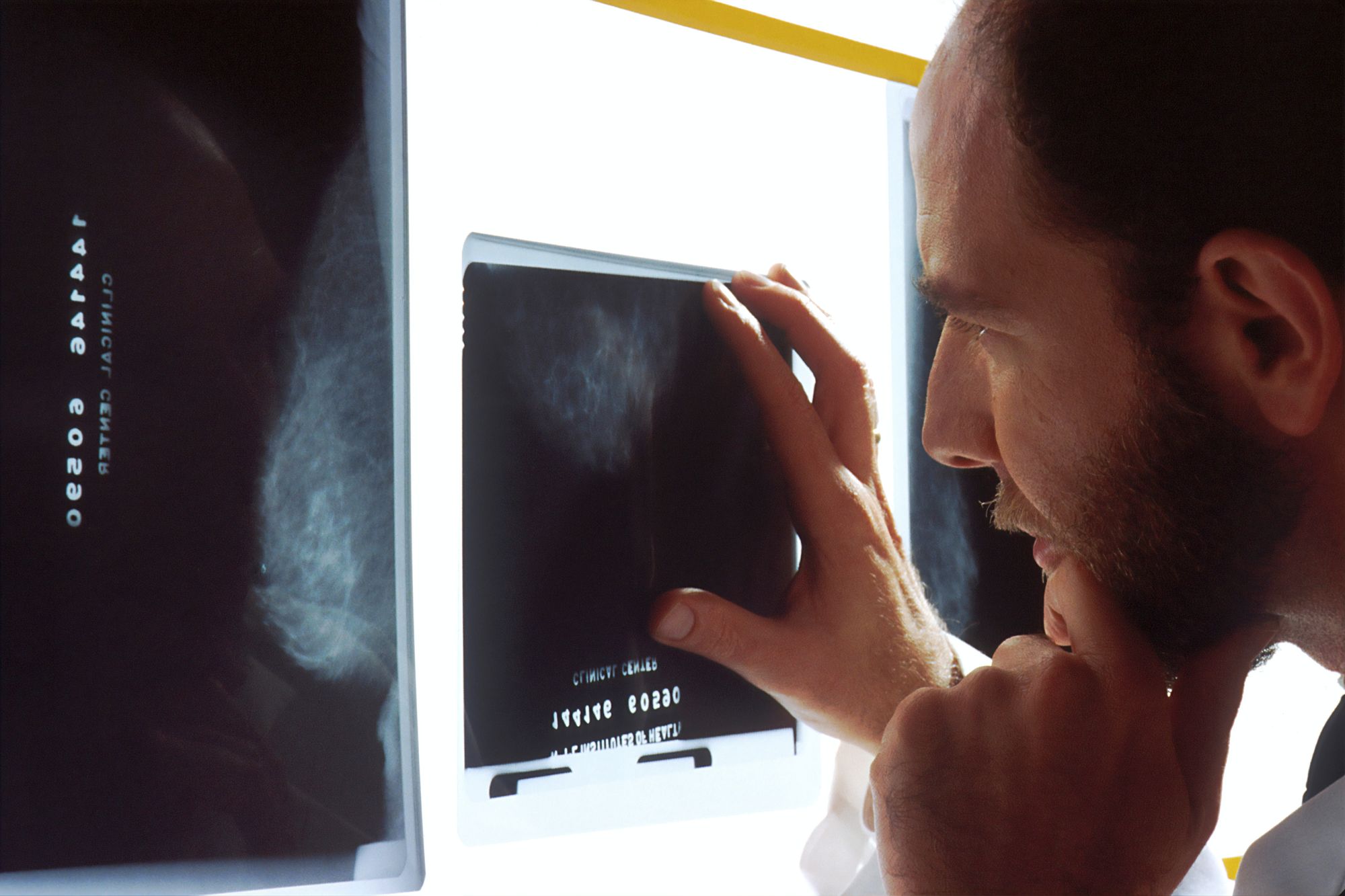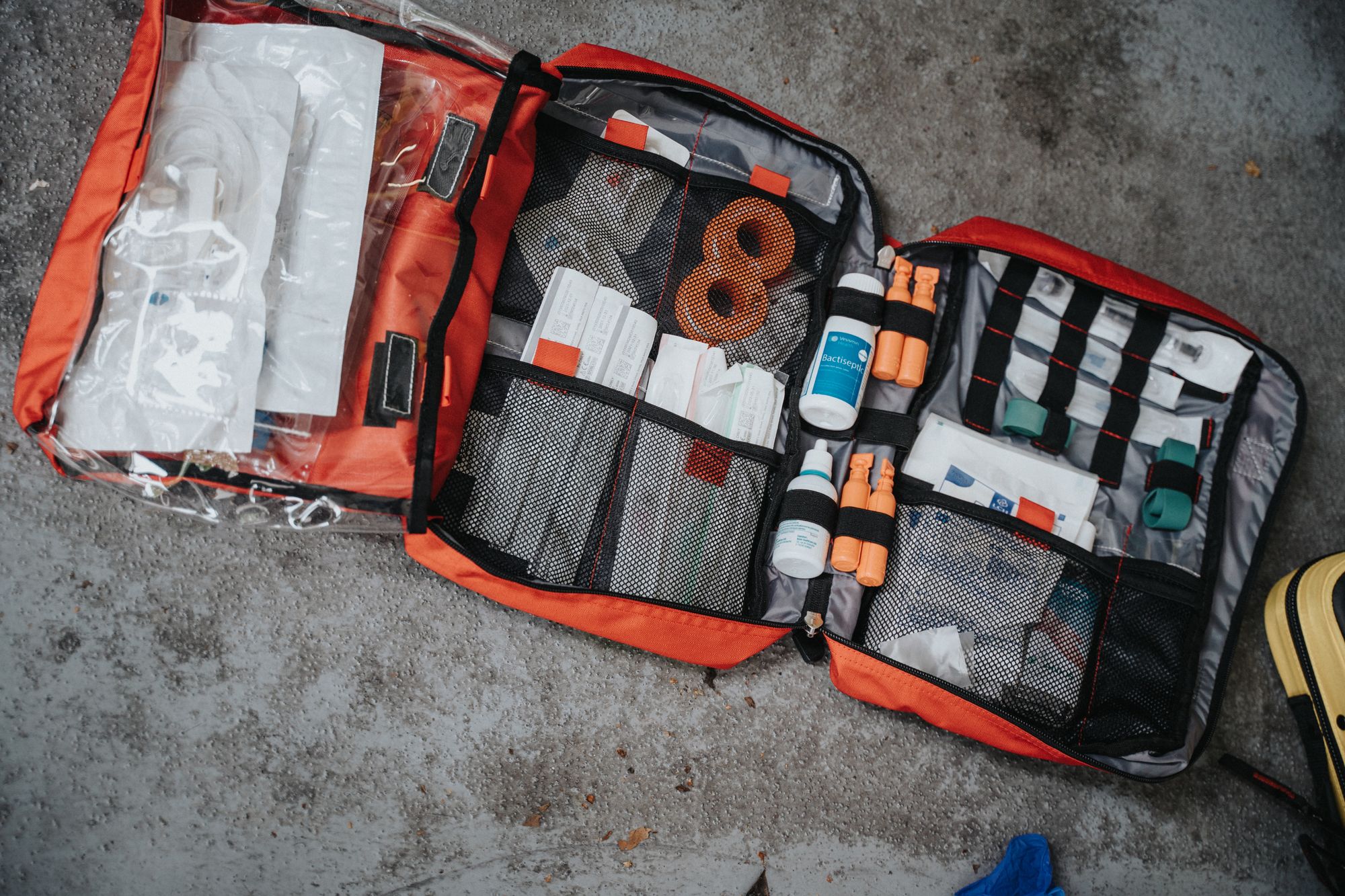
Radiography Mistakes You Should Avoid
Radiography is an umbrella term that describes capturing images with an x-ray machine. It’s a critical part of medical care, allowing doctors to diagnose and treat conditions that can’t be seen through standard imaging techniques. But radiography isn’t as simple as just pointing and shooting. Several common mistakes can be made when using this technology; if left unchecked, these mistakes can have serious consequences for patients.
1. Failing to Follow Safety Protocols
Safety is the most important thing to remember when working with an x-ray machine. The radiation emitted by the machine can be hazardous if not properly contained, so all safety protocols must be followed at all times. This includes wearing protective clothing such as lead aprons, gloves, and goggles while operating the machine and properly disposing of used exposure materials like film cassettes and grids. Additionally, patient safety should always be kept in mind during radiography; only use the minimum amount of radiation necessary for proper diagnosis and treatment.
Radiography is an incredibly complex and ever-changing profession that requires strict adherence to safety protocols at all times, both for patient and radiographer protection. Unfortunately, failure to follow these procedures can lead to potentially deadly consequences such as overexposure to radiation. Exposure to too much radiation can cause various health risks, including genetic mutations, infertility, or worse, a higher cancer risk. Consequently, it is imperative that all individuals involved in a radiographic imaging process properly understand the safety protocols laid out and follow them accordingly. As such, failure to comply with safety protocols may result in serious harm to the patient and legal repercussions for the radiographer involved.
2. Not Taking Accurate Measurements
In order to get a clear image on an x-ray film or digital sensor, you must take accurate measurements of the area being examined before exposing the patient to radiation. If you don’t measure correctly, your results may be inaccurate or incomplete, leading to misdiagnosis or insufficient treatment plans. To avoid this mistake, you should always double-check your measurements before beginning the procedure; any discrepancy should prompt further investigation into why the discrepancy exists to ensure accuracy in your results.
Accurate measurements are of the utmost importance in radiography. If measurements are not carried out correctly, the resulting images may be misinterpreted, and significant errors may be made that might have major consequences. Not taking accurate measurements may lead to a lack of clarity in the images, where subtle differences may be missed. Furthermore, it is difficult to compare old images that were taken with incorrect measurements and any new ones that are subsequently taken. This may delay the diagnosis or treatment of a patient, which can have severe implications for their well-being and long-term health. Therefore, having processes in place to ensure accuracy when taking measurements in radiography is absolutely essential.
3. Not Using Proper Positioning Techniques
When taking an x-ray image, you must position the patient in a way that will provide you with the optimal diagnostic value from the image taken without putting undue stress on them from awkward positioning techniques. Proper techniques involve making sure that the patient is comfortable and relaxed while still providing proper support for their body during imaging procedures—this will ensure both accuracy and patient comfort throughout their exam experience.
Positioning techniques are essential in radiography, as proper positioning of a patient and equipment is necessary to get high-quality images and reduce radiation exposure. Not using proper positioning techniques can be detrimental because it increases the likelihood of patient motion, leading to blurriness and artifacts in the images. Proper positioning also helps ensure that radiation will move through the area most likely relevant to the diagnosis, thus limiting exposure to other sections or organs and reducing unnecessary retakes. Improper positioning techniques can damage both patients and medical personnel due to longer times required for imaging exams, over-exposure to radiation, and laborious retakes if needed – making it clear why proper positioning techniques should always be considered before any radiographic procedure is performed.
4. Inadequate Quality Control Programs
Quality control programs are essential for any radiography practice to maintain consistent quality standards throughout each procedure performed by every technician at every facility where they operate—it helps keep everyone accountable for their work while also helping maintain high levels of accuracy across all areas of diagnoses or treatments being performed with radiography technology. Without adequate quality control measures, technicians may become complacent or ignore certain protocol steps, which could lead to faulty results or, worse, an increased risk of injury due to radiation exposure during their workday activities. So make sure your facility has one implemented!
Inadequate quality control programs in radiography can be detrimental and undermine the effectiveness of images. Quality control is important in creating and interpreting proper radiographic images, as it ensures that all tests are performed within certain guidelines and standards to ensure accuracy. Poor quality control protocols can result in inaccurate results, longer examination times, and increased radiation exposure for both patient and technician. In extreme cases, inadequate quality control could lead to misdiagnosis or suboptimal treatment outcomes. Medical imaging services must adopt quality control standards to protect patients from the risk of poor results while protecting the reputation and credibility of those services.
5. Poor Patient Communication
Finally, one of the most commonly overlooked aspects of successful radiographic imaging is proper communication between technician and patient before any procedure is conducted. This ensures that both parties understand what needs to happen during imaging sessions, so expectations are met on both sides without any confusion arising from either party involved with imaging procedures (e.g., technician not understanding what type of images need to be taken). Additionally, effective communication makes patients feel more comfortable about what exactly will happen during their exam session, which makes them feel more at ease about doing so—allowing them peace of mind knowing they were prepared to go into their appointment!
Radiography is an invaluable tool when it comes to diagnosing medical conditions accurately but if not used correctly can lead to costly mistakes that could have been avoided had proper attention been paid during each step of the process—from measuring correctly before exposure up through ensuring proper communication between technologist and patient prior/during/after procedures occur! By following these five tips, you can help ensure accurate results and keep risks associated with radiographic imaging at bay –– protecting both yourself & patients alike! Stay safe out there!

